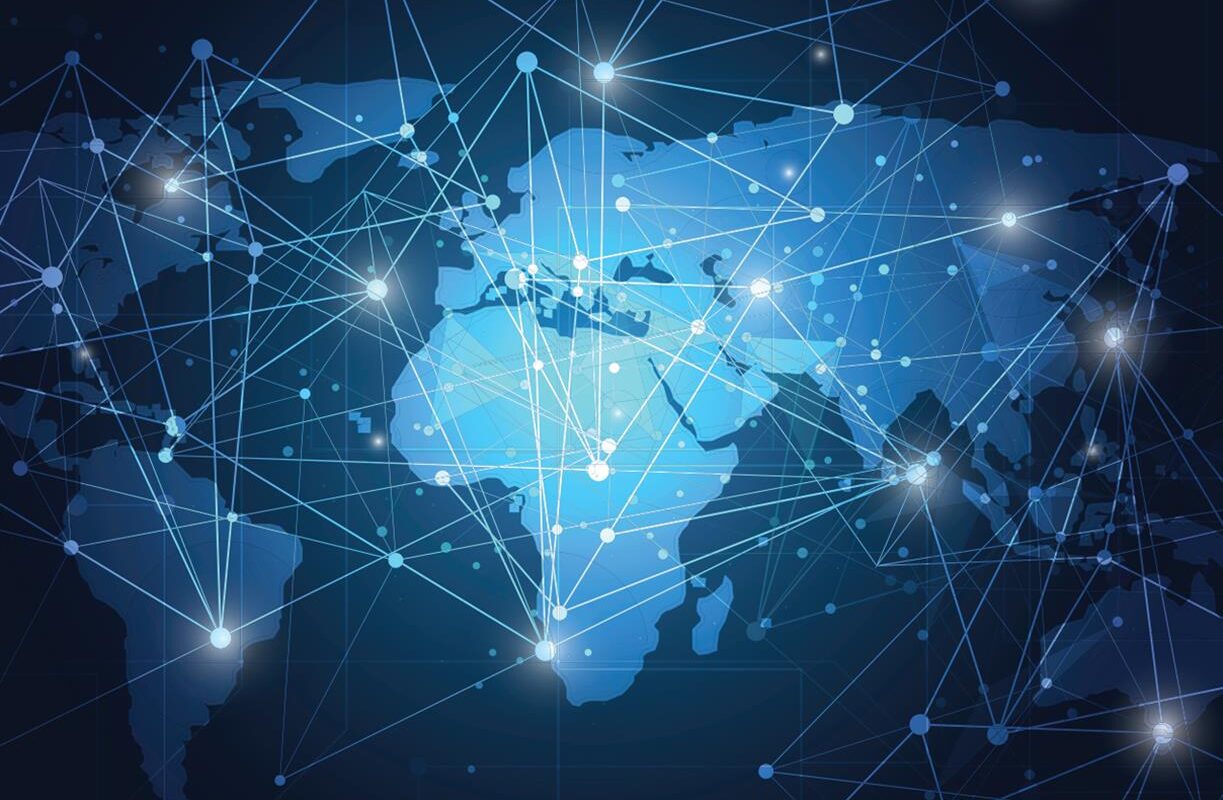Telemetry refers to the automatic measurement and wireless transmission of data from remote sources. This could include everything from measuring engine parameters of a spacecraft to monitoring vital signs of a patient. Over the past few decades, telemetry has undergone rapid advancement enabling seamless connectivity across long distances. This global reach of telemetry has revolutionized various industries and profoundly impacted our lives.
Emergence of New Technologies
The field of telemetry saw its initial rise with technological developments like telegraph, wireless radio, and satellite communication in the early 20th century. However, it was the emergence of digital technologies in the late 1900s that truly transformed telemetry. Advancements like digital signal processing, miniaturized sensors, low power wireless transmission protocols etc. enabled building smarter and more efficient telemetry systems. Technologies like GPS tracking and mobile networks further brought real-time telemetry into widespread use over the last 20 years.
New applications and industries started leveraging these digital telemetry capabilities. Sectors like healthcare, transportation, infrastructure monitoring widely adopted telemetry for remote patient monitoring, fleet management and predictive maintenance use cases respectively. With the rise of IoT in recent times, almost any physical object can now be fitted with sensors and connected digitally for remote data collection and control. This opened doors for new generation of intelligent systems and data driven services across many application domains.
Medical Telemetry Goes Robust
Use of medical Global Telemetry has grown exponentially over the last two decades for ambulatory cardiac monitoring, diabetes management, pulmonary function diagnostics and several other areas. Initially confined to hospital settings, digital remote patient monitoring technologies enabled shifting substantial healthcare delivery to the home. This helped reduce costs while improving access and experience for patients. Miniaturized biomedical sensors, wearables and cloud based patient portals brought medical telemetry out of institutional settings into everyday lives.
Developments in low power wireless networks like Bluetooth and dedicated medical telecom bands supported transmitting vital signs reliably over long ranges. Data storage and analytics platforms provided centralized dashboards for health professionals to track multiple patients remotely. AI and predictive algorithms are now being used along with such medical telemetry systems for advanced diagnostics, personalized treatment and preventive care. Overall, digital remote patient monitoring leveraging telemetry has helped enhance healthcare outcomes worldwide while lowering costs.
Enabling Connected Transportation
Transportation sector embraced telemetry solutions for intelligent fleet management, predictive maintenance, navigation assistance and vehicle telematics. GPS trackers started providing real-time location of assets like trucks, containers and construction equipment to optimize routing and resource allocation. Integrating such trackers with IoT sensors helped monitor over speeding, driver behavior, fuel efficiency and machine health parameters remotely.
This provided operational visibility, reduced downtime and improved safety. Technologies like telematics boxes collecting vital engine parameters helped predict component failures in advance. Such predictive maintenance solutions helped save significant costs for companies operating large vehicle fleets. Usage based insurance leveraging vehicle telemetry is also becoming popular. Overall, digital connectivity and analytics capabilities brought by telemetry has helped optimize operations, enhance safety as well as user experience across transportation industry.
Infrastructure Monitoring Goes Wider
Critical infrastructure monitoring has gained majorly by adoption of distributed telemetry systems comprising of sensors, gateways and cloud platforms. Water pipelines, gas lines and power distribution networks are being strengthened by installing pressure, flow and voltage sensors at vulnerable points. Unmanned aerial vehicles (UAVs), commonly known as drones, are being deployed for inspection of hard to access areas like bridges, cell towers and solar farms.
Telemetry units onboard these drones transmit real-time imaging and metrics for remote experts to analyze structural health. Early detection of defects or anomalies helps plan maintenance in advance avoiding outages or failures. Oil and gas pipeline operators closely monitor flow parameters and leak detection systems leveraging distributed acoustic sensors over thousands of kilometers. Advanced analytics on such telemetry data is helping predict component lifespan more reliably. Overall digital remote monitoring boosted by new telemetry solutions is strengthening critical national infrastructure worldwide.
Transformation of Space Exploration
Space agencies have particularly leveraged telemetry capabilities for automated collection of scientific data from satellites and space probes over vast distances. Right from transmitting biomedical parameters of astronauts aboard ISS to tracking position and health of Mars rovers – space telemetry plays a critical role. Advanced telemetry solutions transmit huge amounts of spacecraft and payload sensor readings back to earth in real-time.
Technologies like infrared thermography, hyperspectral imaging, Lidar altimetry provide detailed insights into exoplanets, distant galaxies and cosmic phenomena. Cutting edge miniature payload computers, low power radios and innovative transmission protocols ensures seamless relaying of petabytes worth scientific data during interplanetary missions. Space qualified Microelectromechanical system (MEMS) inertial sensors along with optical communication technologies taking telemetry to next level. The global connectivity and analytics infrastructure built on such telemetry foundations is enabling new discoveries and transforming our understanding of universe each day.
*Note:
1. Source: Coherent Market Insights, Public sources, Desk research
2. We have leveraged AI tools to mine information and compile it



